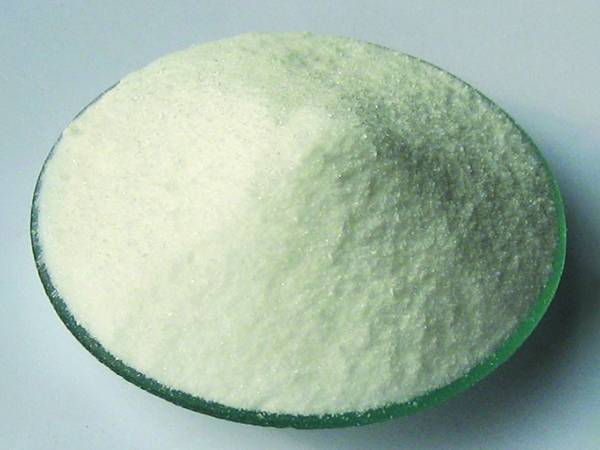



barium sulphate solution
The Role and Applications of Barium Sulphate Solution
Barium sulphate (BaSO4) is an inorganic compound renowned for its unique properties and numerous applications across various industries. In its solution form, barium sulphate serves as an essential agent in numerous fields due to its high density, insolubility in water, and radiopaque characteristics. This article explores the properties, production, and applications of barium sulphate solution, emphasizing its significance in both medical and industrial contexts.
Properties of Barium Sulphate
Barium sulphate is a white, crystalline powder that is largely insoluble in water, making it particularly useful in applications where stability and non-reactivity are paramount. In its solution form, although it remains insoluble, barium sulphate can be suspended in various carrier liquids, allowing for its distribution and use in different applications. One of the critical properties of barium sulphate is its high atomic number, making it an effective radiopaque agent. This characteristic is utilized extensively in medical imaging, particularly in contrast studies for X-rays and CT scans.
Production of Barium Sulphate Solution
Barium sulphate is generally derived from barium carbonate or barite, which is a naturally occurring mineral. The production process begins with the extraction of barium-bearing minerals, followed by a chemical reaction to convert barium carbonate to barium sulphate. Strong acids, such as sulphuric acid, are typically used in this process. The final product is then mixed with a suitable liquid medium to create a barium sulphate suspension or solution, ready for various applications. It is critical to maintain the appropriate concentration and pH levels during the production to ensure the effectiveness of the barium sulphate solution in its applications.
Applications in Medical Imaging
One of the most significant uses of barium sulphate solution is in the medical field, specifically for radiographic imaging. Barium sulphate is a crucial contrast agent used in gastrointestinal (GI) tract imaging, allowing doctors to visualize the structure and function of the esophagus, stomach, and intestines. During a barium swallow or barium enema procedure, patients ingest or receive barium sulphate suspensions, which coats the lining of the gastrointestinal tract. This coating enhances the visibility of internal structures on X-ray images, making it easier for healthcare professionals to diagnose conditions such as blockages, tumors, or ulcers.
barium sulphate solution

The safety profile of barium sulphate is another advantage in its medical use. It is generally considered safe, with minimal side effects. However, it is crucial for healthcare providers to screen patients for certain contraindications, especially in individuals with pre-existing kidney issues or allergies to barium.
Industrial Applications
Beyond medical imaging, barium sulphate solution plays a vital role in various industrial applications. It is used as a pigment in paints and coatings, where its high density and opacity improve color quality and hiding power. The automotive and aerospace industries also utilize barium sulphate in manufacturing components that require enhanced strength and durability.
Additionally, barium sulphate is employed in the production of plastics and rubber products, where it serves as a filler to improve tensile strength and heat resistance. In the oil and gas industry, barium sulphate is used in drilling fluids to control fluid density and pressure during drilling operations. Its ability to promote stability in high-pressure environments makes it a valuable resource for geotechnical applications as well.
Environmental Considerations
While barium sulphate has numerous applications, its use also raises environmental concerns, particularly in mining and industrial processes. Strict regulations govern the extraction and disposal of barium compounds to prevent environmental contamination and protect ecosystems. It is crucial to adopt sustainable practices in the production and application of barium sulphate solutions to mitigate potential environmental impacts.
Conclusion
Barium sulphate solution is an essential compound with significant applications in both the medical and industrial sectors. Its unique properties, including radiopacity and insolubility, make it a valuable tool for medical imaging and various industrial processes. As we continue to explore its potential, it is vital to balance its benefits with responsible environmental stewardship to ensure its sustainability for future generations. The ongoing research and development in this field will likely yield even more innovative applications, further enhancing the importance of barium sulphate solution in our daily lives.
-
Why Sodium Persulfate Is Everywhere NowNewsJul.07,2025
-
Why Polyacrylamide Is in High DemandNewsJul.07,2025
-
Understanding Paint Chemicals and Their ApplicationsNewsJul.07,2025
-
Smart Use Of Mining ChemicalsNewsJul.07,2025
-
Practical Uses of Potassium MonopersulfateNewsJul.07,2025
-
Agrochemicals In Real FarmingNewsJul.07,2025
-
Sodium Chlorite Hot UsesNewsJul.01,2025










